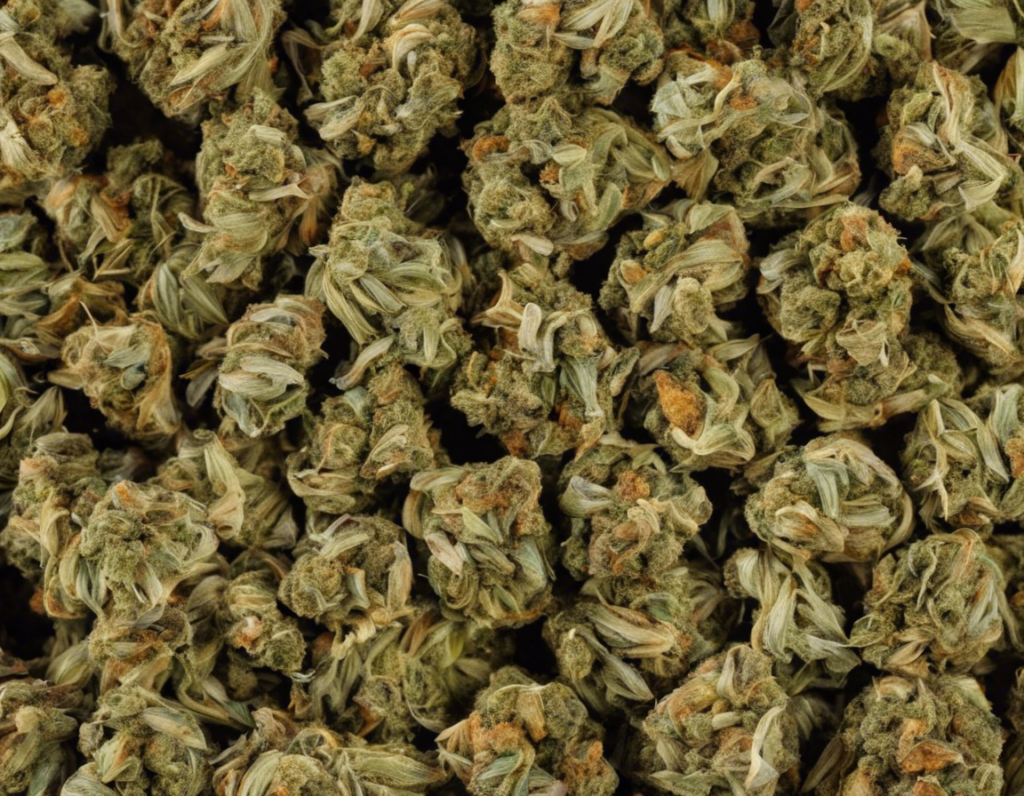Introduction
The debate around cannabis legalization has gained significant traction in recent years as more states in the U.S. and countries around the world have begun to embrace its potential therapeutic benefits. One of the common units of measurement associated with cannabis is an ounce, which is equivalent to approximately 28 grams. This article will delve into the various benefits of an ounce of weed (slang for cannabis) and how it can positively impact individuals’ health and well-being.
Understanding Cannabis
Before delving into the benefits of an ounce of weed, it’s essential to understand the components of cannabis. The cannabis plant contains more than 100 different cannabinoids, with the two most well-known being tetrahydrocannabinol (THC) and cannabidiol (CBD). THC is responsible for the psychoactive effects associated with cannabis consumption, while CBD offers various therapeutic properties without causing a “high.”
Benefits of an Ounce of Weed
-
Pain Management: One of the most well-known benefits of cannabis is its effectiveness in pain management. Many individuals suffering from chronic pain conditions such as arthritis, migraines, or neuropathic pain have reported significant relief after using cannabis. An ounce of weed can provide an ample supply for managing pain over an extended period.
-
Anxiety and Depression: Cannabis has shown promising results in alleviating symptoms of anxiety and depression. The CBD component in weed has anxiolytic properties, helping to reduce feelings of anxiety and promote a sense of calm. An ounce of weed can be a valuable resource for individuals dealing with mental health issues.
-
Sleep Aid: Insomnia and sleep disorders are common problems faced by many individuals. Cannabis, particularly strains high in indica and CBD, can promote relaxation and improve sleep quality. An ounce of weed can provide a steady supply for those seeking a natural sleep aid.
-
Appetite Stimulation: Cancer patients undergoing chemotherapy often experience a loss of appetite and weight loss. Cannabis is known for its ability to stimulate appetite, commonly referred to as the “munchies.” An ounce of weed can help cancer patients combat these side effects and maintain a healthy weight.
-
Anti-inflammatory Properties: Inflammation is a common underlying factor in various chronic diseases. Cannabis possesses anti-inflammatory properties that can help reduce inflammation and alleviate symptoms associated with conditions such as arthritis, inflammatory bowel disease, and autoimmune disorders.
-
Neuroprotective Effects: Research suggests that cannabis may have neuroprotective properties, potentially offering benefits in neurodegenerative diseases such as Alzheimer’s and Parkinson’s. An ounce of weed can be a valuable addition to a neuroprotective regimen.
-
Easing PTSD Symptoms: Post-traumatic stress disorder (PTSD) is a debilitating condition that can severely impact an individual’s quality of life. Cannabis has shown promise in easing PTSD symptoms by reducing anxiety, improving sleep, and enhancing overall well-being.
Consumption Methods
There are various methods of consuming cannabis, each offering unique benefits and effects:
- Smoking: The most traditional method, smoking weed provides quick relief but may have negative effects on lung health.
- Vaping: Vaporizing cannabis heats it to a temperature that releases cannabinoids without combustion, reducing the harmful effects of smoking.
- Edibles: Cannabis-infused edibles offer a discreet and long-lasting high, but onset time can be slower compared to smoking or vaping.
- Topicals: Cannabis-infused topical products such as creams and balms are applied directly to the skin, offering localized relief without psychoactive effects.
- Tinctures: Tinctures are liquid extracts of cannabis that are administered sublingually for fast-acting effects.
Frequently Asked Questions (FAQs)
- Is cannabis legal?
-
Cannabis laws vary by state and country. It’s essential to research and understand the legal status of cannabis in your area.
-
Can you overdose on cannabis?
-
While cannabis overdose is rare and not fatal, consuming large amounts can lead to discomfort, anxiety, and paranoia.
-
Are there side effects of using cannabis?
-
Common side effects of cannabis use include dry mouth, red eyes, increased heart rate, impaired coordination, and short-term memory loss.
-
Can cannabis be addictive?
-
While cannabis addiction is less common compared to substances like alcohol or nicotine, some individuals may develop a dependence on cannabis.
-
Is medical cannabis different from recreational cannabis?
-
Medical cannabis is used to treat specific medical conditions under the guidance of a healthcare professional, while recreational cannabis is used for enjoyment or relaxation.
-
Can cannabis interact with medications?
-
Cannabis may interact with certain medications. It’s crucial to consult with a healthcare provider before using cannabis, especially if you are taking other medications.
-
How do I choose the right strain of cannabis?
-
The strain of cannabis you choose depends on your desired effects. Indica strains are known for relaxation, while sativa strains offer energizing effects.
-
Can I travel with cannabis?
-
Traveling with cannabis is restricted and illegal in many places. It’s important to adhere to local laws and regulations to avoid legal repercussions.
-
Is it safe to use cannabis during pregnancy or breastfeeding?
-
Cannabis use during pregnancy or breastfeeding is not recommended, as it can have potential adverse effects on the baby’s development.
-
How can I store cannabis properly?
- To maintain the quality and potency of cannabis, store it in a cool, dark place away from moisture and direct sunlight in an airtight container.
Conclusion
An ounce of weed can offer a plethora of benefits for individuals seeking natural alternatives for pain management, mental health support, sleep aid, and overall well-being. Understanding the components of cannabis, consumption methods, and potential effects is crucial for maximizing the benefits of this versatile plant. Whether used for medical or recreational purposes, weed in moderation can be a valuable addition to one’s health and wellness routine.
